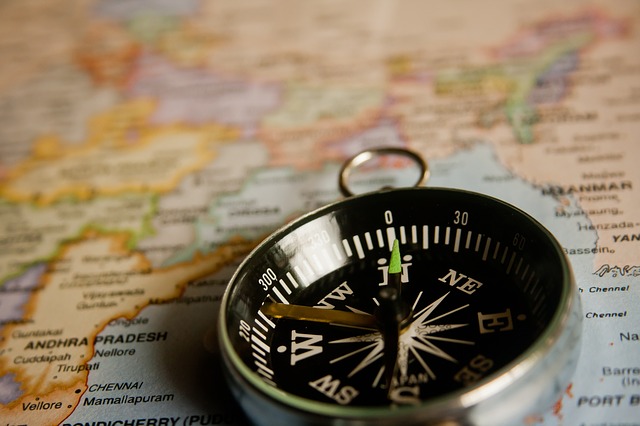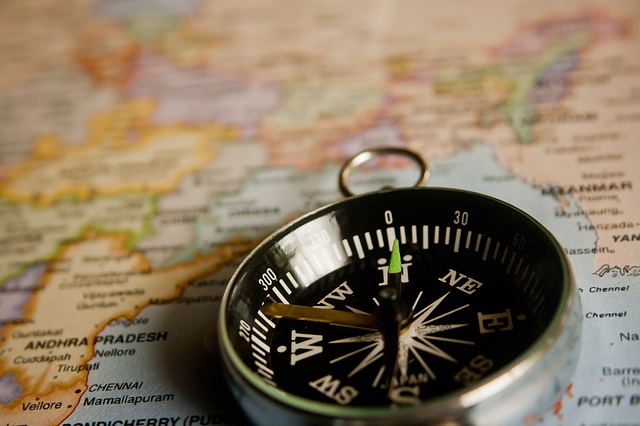
Your website navigation is one of the most crucial parts of your overall design. Not only is it used to help visitors orientate themselves in your digital space, but it can also affect everything from your conversion rate to your bounce rate.
In order to make sure your website navigation is designed to convert browsers into buyers from the very start, follow these five tips:
Avoid Generic Navigation Labels
Generic navigation labels are things like “Products”, and “Services”. Even text like “Solutions” and “What We Do” says nothing about what you actually do. Many websites choose these types of navigation labels because they’re simple and succinct. But they’re also found on countless other sites in countless other industries.
Search engines like Google use your website navigation not only as a means to crawl your site, but also to determine what it’s about and how it ranks among its competitors. Generic labels like these, as trendy and widespread as they may be, don’t do your search ranking any favors.
Generic labels are easily forgettable and don’t do your site ranking any favors
Instead, consider adding more descriptive terms. If you sell watches, for example, you may have a main category for Watches, and then sub-categories in your navigation for Men’s Watches, Women’s Watches, Fashion Watches, and so on.
To create menus like this that are both search engine friendly and mobile responsive, you can easily use CSS to design your own menu from scratch or use pre-built CSS menus as a starting point.
Use Dropdown Menus with Care
A dropdown menu sounds like an excellent way to maximize space on your navigation bar while filling it with relevant categories. But there are several drawbacks. First, most users won’t remember where everything is, and secondly, users on mobile devices will have a difficult time using it because of their limited screen space.
The exception to the rule here is the use of “Mega Menus” which display all available navigation options at one time and allow the user to have full control over where they go and how they get there. In the case of mobile menus, the “hamburger style” of iconic menu design has become an ever-present and recognizable way to see the big picture, even on a small screen, so it’s something you’ll definitely want to consider as you’re planning your navigation menu.
Don’t Forget the Little Details that Make a Big Impact
When designing a website, it can be incredibly tempting to focus on the multimedia aspects and admittedly more “fun” things, like building your portfolio or showing off your videos. Navigation menus are often relegated to being one of those tasks that’s “unpleasant but necessary”, but nothing could be further from the truth.
When it comes to website navigation, anything you can do to help your users along is greatly welcomed
In fact, it’s often the little things that can make a big difference in your navigation. Navigation menus that scroll with the user or those which show your current page as highlighted on the menu bar can help you get a better sense of where you are, and help you determine where to go next in a way that’s both simple and intuitive.
Don’t Reinvent the Navigation Wheel
It can also be tempting to come up with some truly innovative and amazing navigation menu – complete with animations and other eye-catching highlights. But there’s a reason why navigation menus are predominantly top or left-side based. It’s because that’s what people are familiar with and have been since the early days of the web.
Putting your navigation menu in an unusual space or making it otherwise awkward to use won’t exactly thrill your users, so despite the fact that it may seem “old fashioned” to place your navigation menu in the same, recognizable place as everyone else — there’s a reason why it’s recommended and recognizable — it works!
Remember that One Size Doesn’t Always Fit All
There’s no perfect navigation menu that works for every user on every device, all the time
While there are a lot of worthy contenders out there for great navigation menus, it pays to remember that not every navigation menu is well-suited for every type of website. Just because Apple or Amazon has a certain style of menu doesn’t mean that it’s right for your site. They’ve likely tested it with their audience and their shoppers and determined it to be the best for their specific needs — something that you should consider doing with your menu as well.
The best navigation is one that’s determined by the time of content you have and how you want your users to progress through it. By keeping that in mind as you design, you’ll be able to not only create a navigation menu that works but also keeps visitors coming back for more!
Author Info: Joe Ardeeser is the owner and operator at Jordan Crown web design (www.jordancrown.com) – a design agency in the Seattle area. Joe founded his company 10 years ago and they provide premium marketing websites to small to mid-sized businesses. As a seasoned professional in the creative industry, Joe comes with over 15 years of hard-earned experience. His greatest enjoyment comes from business building and business development- whether that’s improving the company’s sales process or figuring out how to bring on the highest level of talent. He lives in Moscow, Idaho with his wonderful wife Kaitlin and their three young boys Owen, Evan & Jack.



